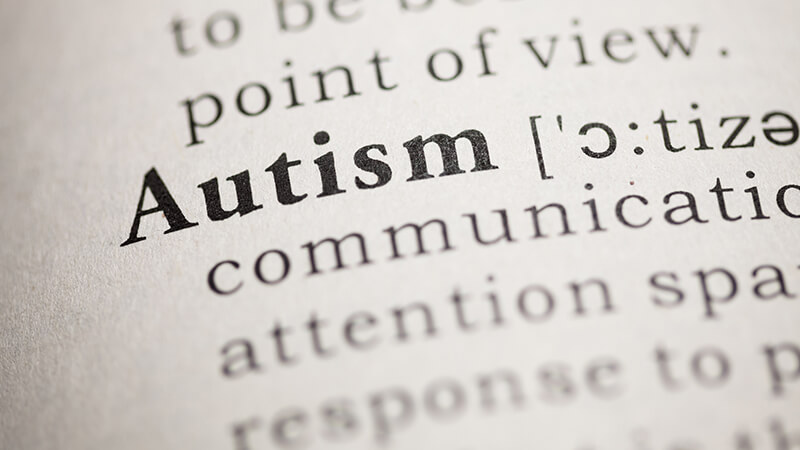Effective communication strategies are crucial in helping young adults with special needs form genuine, lasting connections. Whether it’s at school, at work, or with friends, knowing how to communicate clearly and confidently can open up a world of opportunities. But for many young people on the autism spectrum or with other developmental challenges, communication doesn’t come naturally—it has to be taught, practiced, and supported.
Take Jake, for example. At 17, he was smart and creative, but often felt lost in conversations. Sarcasm confused him, group chats overwhelmed him, and even asking for help felt risky. Jake isn’t alone. Recent data shows that approximately 2.3% of U.S. children and adolescents have been diagnosed with autism spectrum disorder. As these children grow, many continue to struggle with communication well into adulthood.
With the right tools and communication strategies, though, these young adults can build stronger connections and thrive in daily life. The following techniques offer simple, structured ways to improve understanding, boost confidence, and help young people feel seen and heard.
Why Communication Matters for Young Adults with Special Needs
For many young adults with autism or other developmental differences, communication can be one of the biggest roadblocks to independence. Misunderstandings, frustration, and isolation often follow. But when communication is supported, it opens the door to relationships, education, jobs, and self-advocacy.
Supporting communication means teaching more than words. It’s about helping young adults understand timing, tone, emotion, and body language. With practice and support, they can become confident communicators in every area of life. Communication is not just a tool; it’s a life skill that helps them share their needs, build relationships, and engage with the world around them.
Families and professionals who invest time in building these skills see results. Whether it’s improved friendships, better grades, or greater workplace success, the benefits of strong communication go beyond simple conversation. They lead to self-esteem, agency, and more fulfilling lives.
1. Use Clear and Concrete Language

Many young adults with autism struggle with figurative language, sarcasm, or abstract concepts. What sounds simple to one person might be confusing to another. Using clear, specific language helps remove that confusion and makes it easier for young people to follow along and respond.
What This Looks Like:
- Instead of saying, “Give it a shot,” say, “Try answering the question.”
- Avoid metaphors like “break the ice.” Instead, say, “Let’s introduce ourselves.”
- Give instructions one step at a time, using simple and direct words.
Why It Works:
Direct language reduces uncertainty and anxiety. When a young adult knows exactly what someone means, they can respond more confidently. Clear communication also helps prevent misunderstandings and frustration that can come from vague or implied messages.
How to Practice:
Create everyday scenarios to role-play. Practice asking for help in a classroom setting, ordering food at a restaurant, or making a phone call. During the role-play, gently correct any misunderstandings and reinforce the use of simple, literal phrases. Visual aids like cue cards or scripts can also be useful until the language becomes second nature.
2. Teach Turn-Taking and Active Listening
For young adults on the spectrum, conversations can feel overwhelming. They may speak out of turn, miss social cues, or not realize when someone else wants to talk. These are skills that can be taught with patience, structure, and ongoing support.
What This Looks Like:
- Using visual cues like a talking stick or color cards to signal whose turn it is
- Practicing how to pause and wait for a response during a conversation
- Encouraging behaviors like eye contact, head nodding, or verbal affirmations like “I see” or “Okay”
Why It Works:
When young adults learn the rhythm of conversation, they feel more included and capable. Turn-taking and listening are the building blocks of two-way communication. These skills help young adults participate in group conversations, interviews, and even resolve conflicts respectfully.
How to Practice:
Use games that naturally build these habits. Try “Would You Rather,” “Two Truths and a Lie,” or storytelling games where each person adds to the story one sentence at a time. Make sure to model good listening behavior yourself and gently coach the young adult through missed cues or interruptions. Reinforce progress with positive feedback.
3. Support Emotional Expression with Tools

Recognizing and expressing feelings can be tough. Some young adults might not have the words to describe how they feel, or they might struggle to identify those feelings at all. Giving them tools to recognize emotions and express them in healthy ways is key to improving communication and relationships.
What This Looks Like:
- Using an emotion chart with faces and labels like “happy,” “frustrated,” or “anxious”
- Providing sentence starters like “I feel ___ because ___”
- Encouraging journaling, drawing, or using apps that track mood or emotional states
Why It Works:
When young adults can express how they feel, they’re less likely to act out or shut down. They can ask for what they need, set boundaries, and connect with others on a deeper level. Emotional communication also helps reduce anxiety and builds trust in relationships.
How to Practice:
Incorporate daily check-ins that focus on feelings. Ask questions like, “What made you happy today?” or “Was anything frustrating for you?” Encourage them to pick from a list or draw their answer if verbal communication is difficult. Use role-play to explore how to express frustration, disappointment, or excitement in a healthy and respectful way.
Building These Skills Over Time
Like any important skill, communication doesn’t improve overnight. It takes practice, repetition, and patience. Parents, caregivers, teachers, and therapists all play a role. Progress may be slow at times, but each step forward builds toward real connection.
Celebrate small wins. Whether it’s a successful phone call, a shared joke, or a new friendship, every connection matters. Be consistent and encouraging, and remember that setbacks are part of the learning process. Keep expectations realistic and celebrate effort just as much as results.
It’s also important to adapt as the young adult grows. Communication challenges may change with age, new environments, or increased independence. Keep updating strategies and tools to match their evolving needs and strengths.
How Can New Directions Help You?
At New Directions, we specialize in helping young adults with autism and other special needs build independent, fulfilling lives. Our team of experts provides real-life support in communication, life skills, emotional regulation, and more.
We don’t just teach communication strategies—we practice them daily in a supportive, structured environment. Whether it’s joining a group conversation, applying for a job, or navigating college life, we help young adults feel prepared and confident.
Visit us at 3275 W Hillsboro Blvd #110, Deerfield Beach, FL 33442 or give us a call at (954) 571-5102. Let’s talk about how we can support your family.
Frequently Asked Questions
At what age should communication strategies be introduced to young adults with special needs?
It’s best to start introducing communication strategies in the early adolescent years, but it’s never too late—young adults of any age can benefit from learning and practicing them.
Can communication strategies help with behavior issues?
Yes, many behavior challenges stem from frustration with communication; improving communication skills often leads to fewer outbursts and more positive interactions.
Are these strategies effective for non-verbal individuals?
Yes, with adaptations. Tools like picture exchange systems, communication apps, or sign language can support non-verbal individuals in expressing themselves clearly.
How can parents reinforce these strategies at home?
Consistency is key—use the same language, visual supports, and routines at home to mirror what’s being taught in therapy or school settings.



